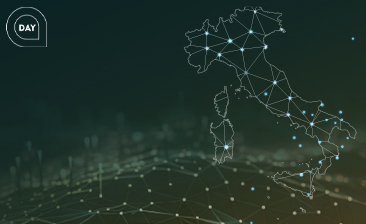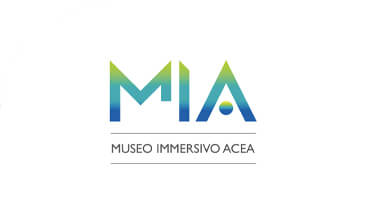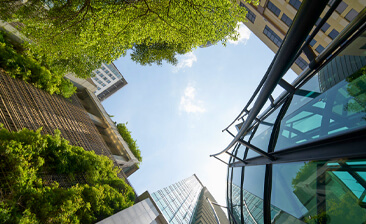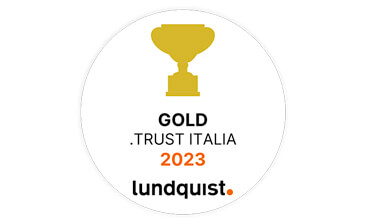
Acea for World Energy Saving Day
The project, called P2Me, short for Plastic to Methanol, aims to produce methanol from plasmix, a set of heterogeneous plastic waste.
Acea is active in waste selection, treatment and recycling with plants located throughout the Italian territory. Over the years, the Group has sought and developed solutions for waste management and valorization, in line with its sustainability goals and the principles of circular economy.
The plastic disposal and recycling chain in Italy requires waste to be taken to waste sorting centres, such as the Demap plant in Beinasco or the Cavallari plant in Ostra, both owned by the Acea Group. In these centres, through cutting-edge and highly automated mechanical treatments, the material is selected by polymer, size and colour: this activity allows the waste to be homogeneous and is essential for processing in plastic recycling plants. Part of the waste leaving the sorting centres is a set of non-recyclable heterogeneous plastics called plasmix.
In the chemical industry, green or sustainable chemistry is a new method that aims to convert existing technologies into clean and eco-friendly processes.
One of the main goals of green chemistry is to reduce the use of fossil fuels to support industrial processes and increase the production of plastics and chemicals from biological and renewable sources.
Due to Acea Ambiente's experience in the sector and to the collaboration with technological partners such as Acea Elabori and SIMAM, various initiatives—including P2Me—are under development. The project aims to meet important national goals: filling the plant engineering gap, increasing the rate of separate collection and recycling, developing new supply chains of secondary raw materials from the waste cycle to replace the traditional ones, and contributing to the energy transition.
"This goal—explains Michelangelo Petea, Head of Engineering and Development of Acea Ambiente—in addition to being central to Acea Ambiente's strategy in the management of its recycling chains, was included in the National Recovery and Resilience Plan (PNRR) as one of the reforms of the circular economy mission (M2C1). A specific chapter of the PNGR (National Waste Management Plan) is dedicated to plasmix, confirming the fact that initiatives such as P2Me are strategic at national level".
Plasmix is the set of mixed plastic waste resulting from the mechanical recycling of packaging, characterized by extreme heterogeneity. Plasmix recycling options are currently limited. This material is, in fact, generally used for energy recovery and, in smaller part, sent to landfills. Chemical recycling technologies are being developed: they make it possible to transform plasmix into new materials that can be used as a basis for the synthesis of numerous compounds, or as high-energy carriers.
Plastic is a material made up of polymers, which are molecules with a very long chain. These can be reduced to simpler molecules, such as synthesis gas or syngas, a substance from which new material can be derived. Therefore, a plastic waste that contains a high potential, as it derives from noble raw materials, returns to the production cycle in another form, giving life to a new product.
It is possible to synthesize various substances from syngas. The purposes are multiple, from eco-fuel to use in the chemical industry, even in production of new plastic. This actually closes the circle. The P2Me plant will allow plastic recycling by minimizing waste compared to similar processes.
The word syngas comes from the fusion of two terms: synthetic and gas. It is a gas mixture with an important energy potential, due to the presence of two main compounds: hydrogen and carbon monoxide. This gas can derive from different processes. As for the P2Me project, it originates mainly from a gasification of plasmix. Once the transformation of the plasmix solid fuel into a gaseous mixture is completed, the synthesis phase to produce new products is carried out.
Environmental performance is what distinguishes a green chemistry plant from others. In carrying out this project, particular attention was paid to the plant configuration which guarantees a lower consumption of resources and reduces the impacts on air, water and soil. In addition, continuous dialogue with the bodies that govern and protect the territory is essential. The collaboration has made it possible to further improve these aspects of environmental protection.
Discover the latest news and initiatives of the Acea Group

Acea for World Energy Saving Day

Visit the virtual museum about the history of the Acea Group

The channel for the commercial requests on land urbanisation

Acea turns the spotlight on the Rome Film Festival 2023

Acea is in the "Gold class" in the .trust research

Read more about our culture of inclusiveness